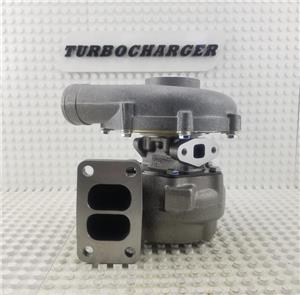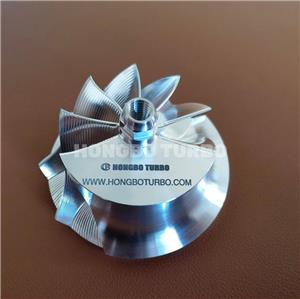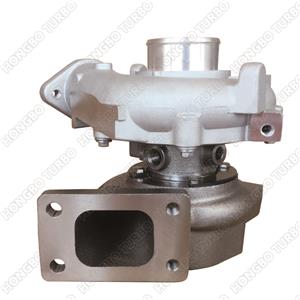Turbojet engine JT-1000N Ground-Running Thrust Test
The 100KG-class turbojet engine has successfully completed ground ignition testing.
"Experience Power Unleashed: Our 100KG-Class Turbojet Engine Triumphs in Ground Ignition Testing!
Witness the pinnacle of performance as our cutting-edge turbojet engine, weighing in at 100KG, conquers ground ignition testing with flying colors. Unleash unmatched power and reliability—choose excellence for your next aviation venture. Learn more now!"
Working Principles of a Turbojet Engine:
A turbojet engine is a type of jet engine, and its operation involves the following fundamental steps:
Air Intake:Air is drawn into the turbojet engine through its intake. These engines are typically used for high-speed flight, so the intake design is crafted to efficiently capture a significant volume of air.
Compression:The incoming air is compressed by the turbofan compressor. The compressor, consisting of rotating and stationary blades, aims to increase the air's density to enhance the efficiency of the combustible mixture.
Mixture and Ignition:The high-pressure air enters the combustion chamber, where it mixes with fuel and ignites. This step releases a substantial amount of energy, creating high-temperature, high-pressure jets.
Jet Thrust:The high-speed jets are expelled through nozzles, generating thrust. According to Newton's third law, every action has an equal and opposite reaction, thus, this thrust propels the turbojet engine forward.
Afterburner (Optional):Some turbojet engines feature an afterburner, which reheats the jets after the combustion chamber to provide additional thrust. This allows the engine to deliver extra performance when greater thrust is required.




